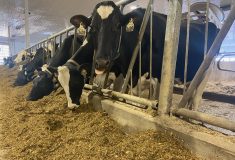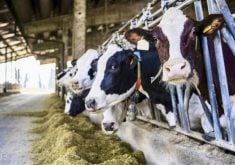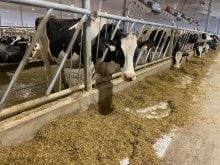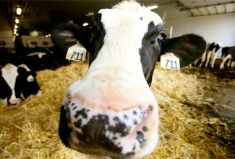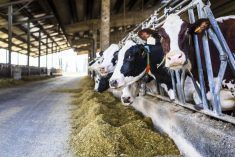More dairy cows in Canada may have the potential to achieve top-rated status in publicly released genetic rankings, thanks to a change being introduced by the Lactanet organization in early 2025.
The change will be of particular benefit to herds in which monthly milk samples are collected unsupervised by the herd owner.
Why it matters: The change will allow more cows to achieve top ranking on genetics lists, expanding the genetic base available to breeders.
Read Also
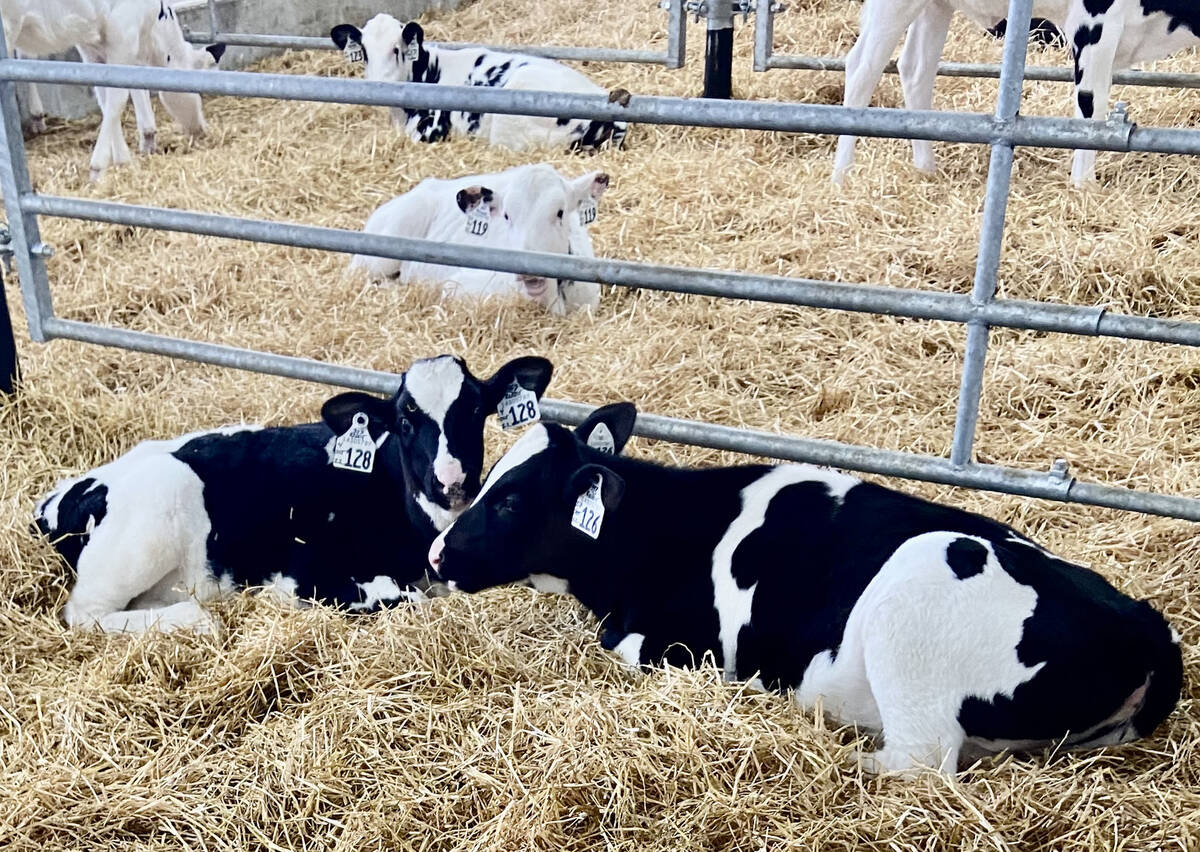
Back to the drawing board for sexed semen fertility ratings
Lactanet, the national genetic evaluation and dairy data provider, goes back to the drawing board with its sexed semen fertility rating index prototype.
Lactanet chief services officer Brian Van Doormaal gave an update on the planned switch to “monthly official evaluations for Canadian females” during an Open Industry Session webinar. He said the national dairy data and genetic improvement organization already has an internal process of using newly acquired information from bulls and supervised-testing females to update its “unofficial” genetic evaluations.
These are made available to participating artificial insemination companies and producers using the Compass and DairyComp herd management systems.
Official genetic evaluations and bull proofs have been published three times per year, in April, August and December.
In an interview following the webinar, Van Doormaal said the main reason Lactanet began calculating monthly evaluations was so AI company customers could have “interim bull proofs … so that they have an idea of promising proven sires that can be expected for the next official release, and also to track proven sires that may be significantly changing (up or down) between official releases.”
When those genetic evaluation calculations were run through the program, they produced evaluations for cows on supervised Lactanet milk testing. For those herds, updated unofficial genetic mating programs and Genetic Herd Inventory reports were made available.
Cows from herds in which the owner collects the milk samples themselves have a published genetic evaluation on the Lactanet and breed association websites that is a Parent Average (PA) value for production traits instead of a genetic value.
“This PA is not affected by any milk recording data collected on them during their lactations,” said Van Doormaal.
“Since cows in these owner-sampler/unsupervised herds receive official evaluations that are PA values, they do not qualify for inclusion on the top ranking cow lists for Lifetime Production Index, Pro$, etc.
Under the proposed changes, proven sires will still be officially updated three times per year. But on the first Tuesday of each month, there will be an update of cows that had new test data during that time, including those on unsupervised testing.
The change reflects a trend away from supervised testing, mainly due to a rise in automated milking systems — many of which include sampling and production monitoring capabilities.
Van Doormaal stressed that genomics form the basis of all genetic ranking lists in Canada, and all cows on those lists are genomically tested no matter whether milk sampling is done in supervised or non-supervised environments.
“For a genetic evaluation perspective, given that top lists essentially always involve genotyped females, there would be little reason to identify cows with any degree of supervised testing versus no supervised testing,” he said.
“The accuracy of the collected data is equivalent and the inclusion of genomics maintains a high level of accuracy of the genetic information published.
“That said, if any person wishes to see if a given cow has any supervised testing or not, those details will be available under the cow’s ‘Lactation’ tab on the Lactanet website.”
Before this is introduced, Lactanet must finalize the criteria by which cows will be eligible for monthly updates. It isn’t sure if it will implement it in January 2025 or May 2025. Either way, it will be introduced one month following the release of one of its regular updates.







